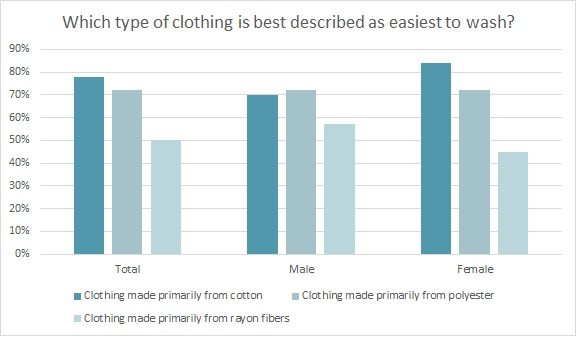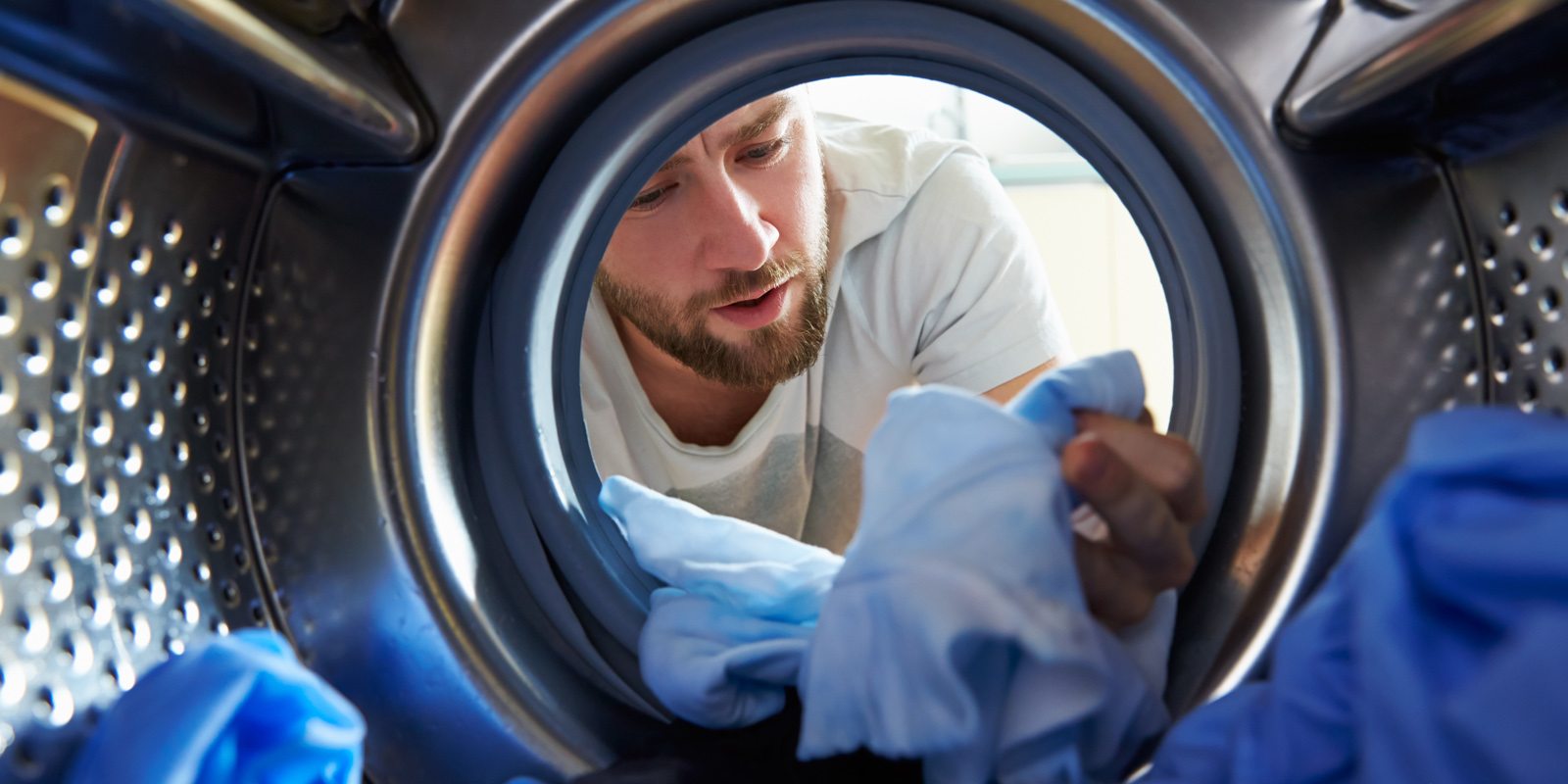There’s an old adage about the only things for certain in life being death and taxes. Somehow, laundry got left off that list. But this perpetual household task is as assured as the other two. And depending on the wearer and type of fabric the clothes are made of, the chore can be made harder or easier.[quote]
Some people are naturally able to keep their clothes looking on point. But manufacturers can have a hand in helping consumers to better present themselves. And if consumers could keep their clothes looking stain-free and laundered nicely for longer, they might become a little more loyal to a particular brand.
“Men are likely to have sports, wine, and food related stains,” says Nancy Bock, senior vice president, education, at the American Cleaning Institute (ACI) in Washington, DC. Its website offers a wealth of cleaning tips, tricks, and videos. “Women are likely to have more stains associated with food incidents and blood. Depending on the age of kids, they experience a high level of stains related to crafting –markers and paint — and grass stains.”
A Google search will show plenty of consumers look for ways to avoid dry cleaning, preferring instead the convenience and lower costs of doing their own laundry. And nearly 8 in 10 consumers say cotton clothes are the easiest to wash, significantly more than apparel made from synthetics like polyester and rayon, according to the Cotton Incorporated Lifestyle Monitor™ Survey. Most shoppers surveyed (66 percent) also say cotton lasts the longest, more than three times longer than polyester (21 percent) or rayon (13 percent).

While the types of stains vary between men, women and kids, one thing is for certain: eating is rife with soiling problems. Most people admit to getting some sort of food stain down their front — whether it was “always,” “usually” or “sometimes,” according to the Monitor™. We can thank condiments for providing the most trouble — 79 percent says they get stains from ketchup, mustard, cocktail sauce, barbecue sauce, mayonnaise, etc. That’s followed by greasy or oily foods (77 percent), with stains coming from fried foods, chips, butter, cheese, bacon and meats.
The Monitor™ data shows sticky foods are responsible for 65 percent of stains, thanks to things like syrups, caramel, and sticky pastries. Of course, coffee and tea — the mainstays of hurried mornings everywhere — are on the list, chalking up 58 percent of stain issues. But even healthy items can be smudge culprits, with fruit stains (54 percent) cropping up from items like watermelon, strawberries, cherries, and blueberries.
Of all the food and drink items, consumers seem to be most cautious with their alcohol: wine stains account for just 25 percent of the issues, according to Monitor™ data. But 65 percent of consumers say it is “very or somewhat difficult” for them to remove wine stains. The only thing tougher is marks left by greasy/oily foods (71 percent).
Bock says consumers regularly reach out to the ACI for advice on stains — some of which might be unexpected to the layperson.
“The top stains search on ACI’s website are spaghetti dinners — butter, tomato sauce, wine, and candle wax drips,” Bock says. That’s followed by “Chocolate and grass stains. And parents often ask about baby formula and baby spit up.”
Perhaps shoppers would benefit from a tag explaining the importance of rinsing and laundering a stain as soon as possible. The Monitor™ survey finds that 22 percent of the time, people say their preferred method for removing a stain is to “wash the clothing item next time I do laundry.”
Consumers would do well to try and clean up any stain as soon as it happens — even if it means a big wet mark on a polo shirt during the family barbecue. Bock says flushing fresh stains with cool water can minimize the lasting effects of even stubborn stain-makers like coffee or hot sauce. For dried stains like mud or chocolate, she recommends brushing off as much as possible, using a prewash stain remover and then laundering.
“Some fabrics may be easier to clean than others, but don’t be fooled by thinking that if you can’t see a stain, it is not there — which is why we always recommend that you launder all fabric that is stained as soon as possible to prevent it from setting and being forgotten,” she says. “Cotton can endure soaking and drying — but [consumers need to] take more care when treating stains on delicate fabrics.”
The process of washing and drying clothes can also lead to shrinking, which Bock says can be reduced by washing items in cold water and air drying them.
Besides working with easy-care fabrics, manufacturers can help consumers by providing clear fabric content labels and cleaning guidance.
“The first step in keeping your clothes in tip-top shape is to read the fabric care label,” Bock says. “The experts provide guidance on this label to help care for it properly. Consumers should always check the care label and follow the instructions for the best results.”
